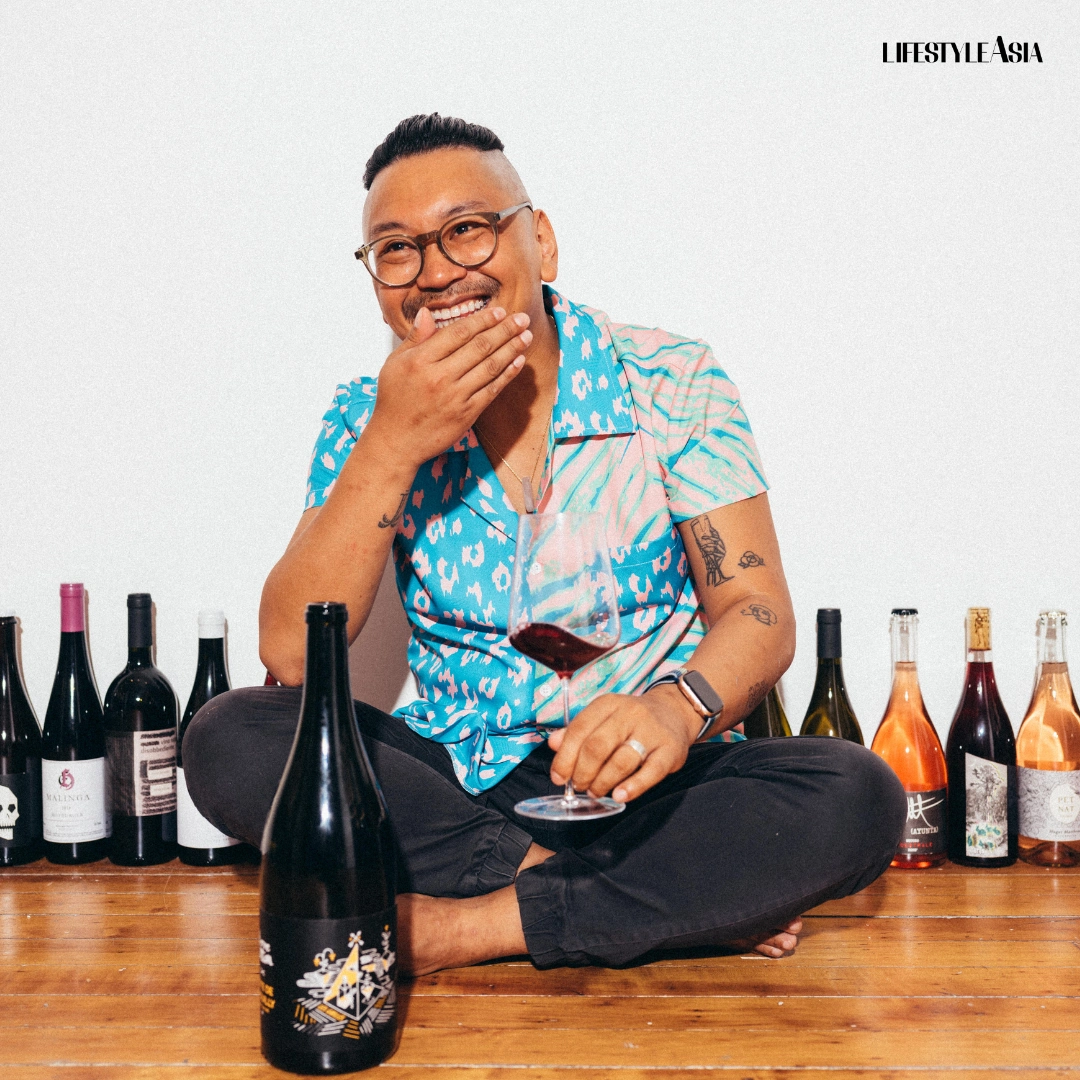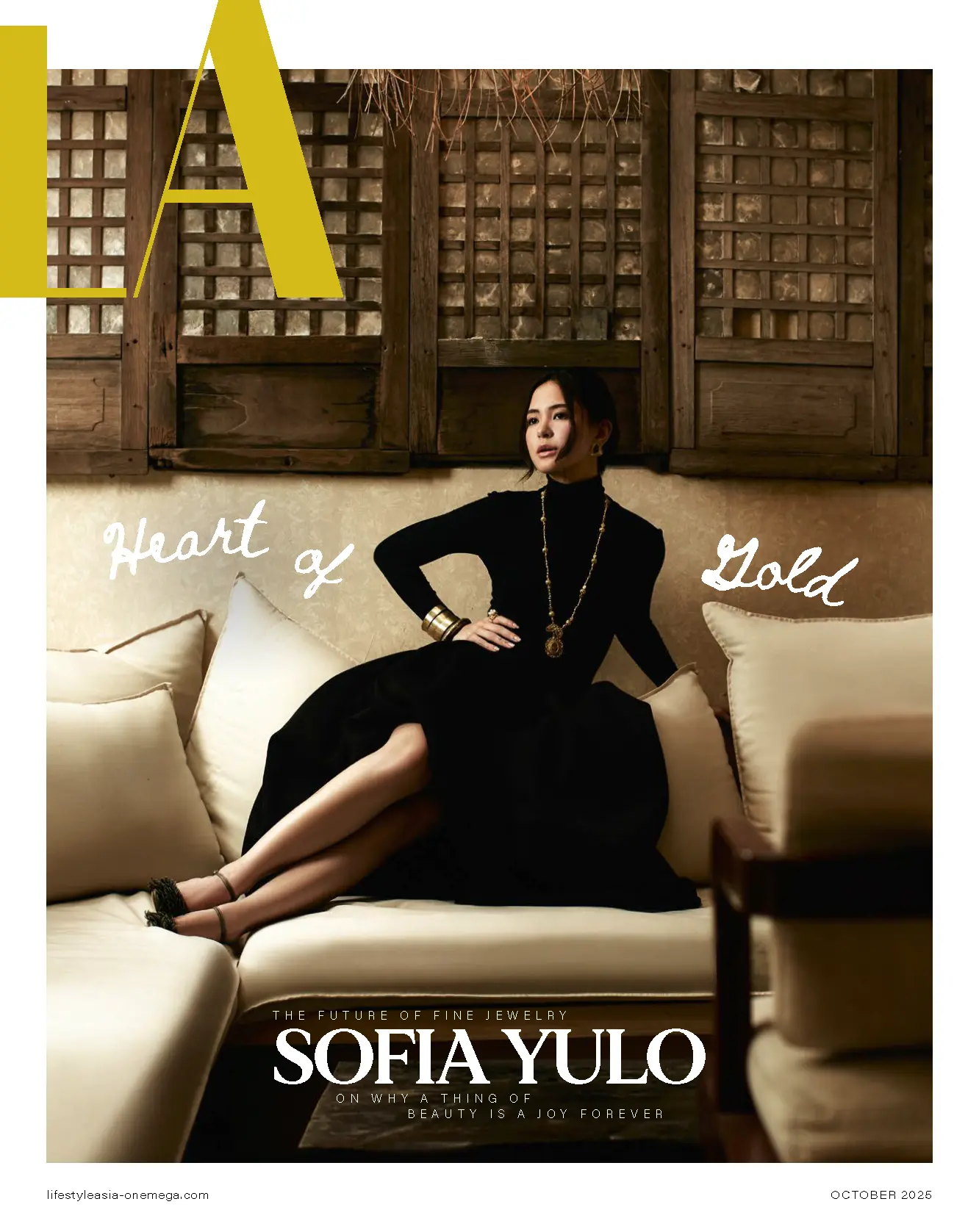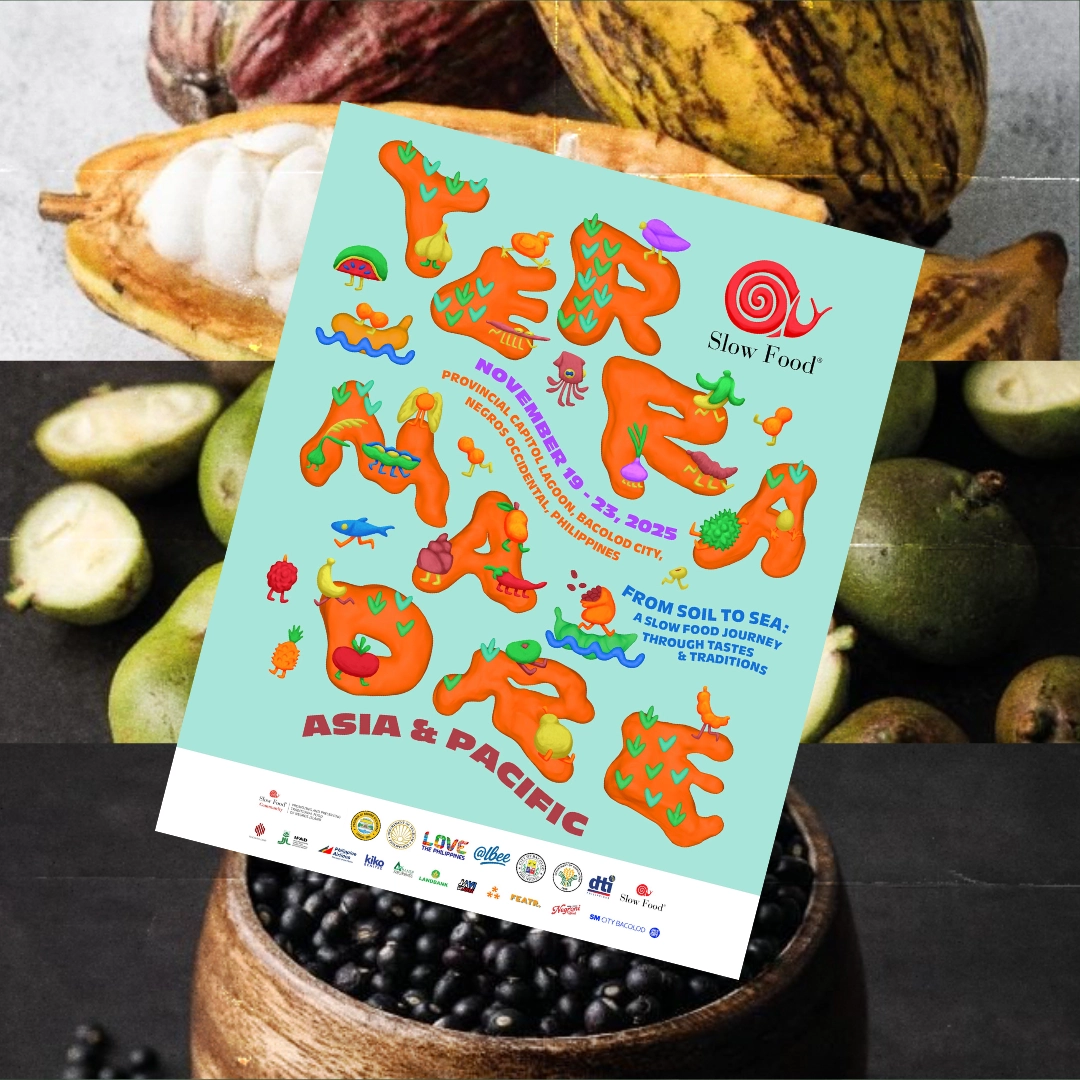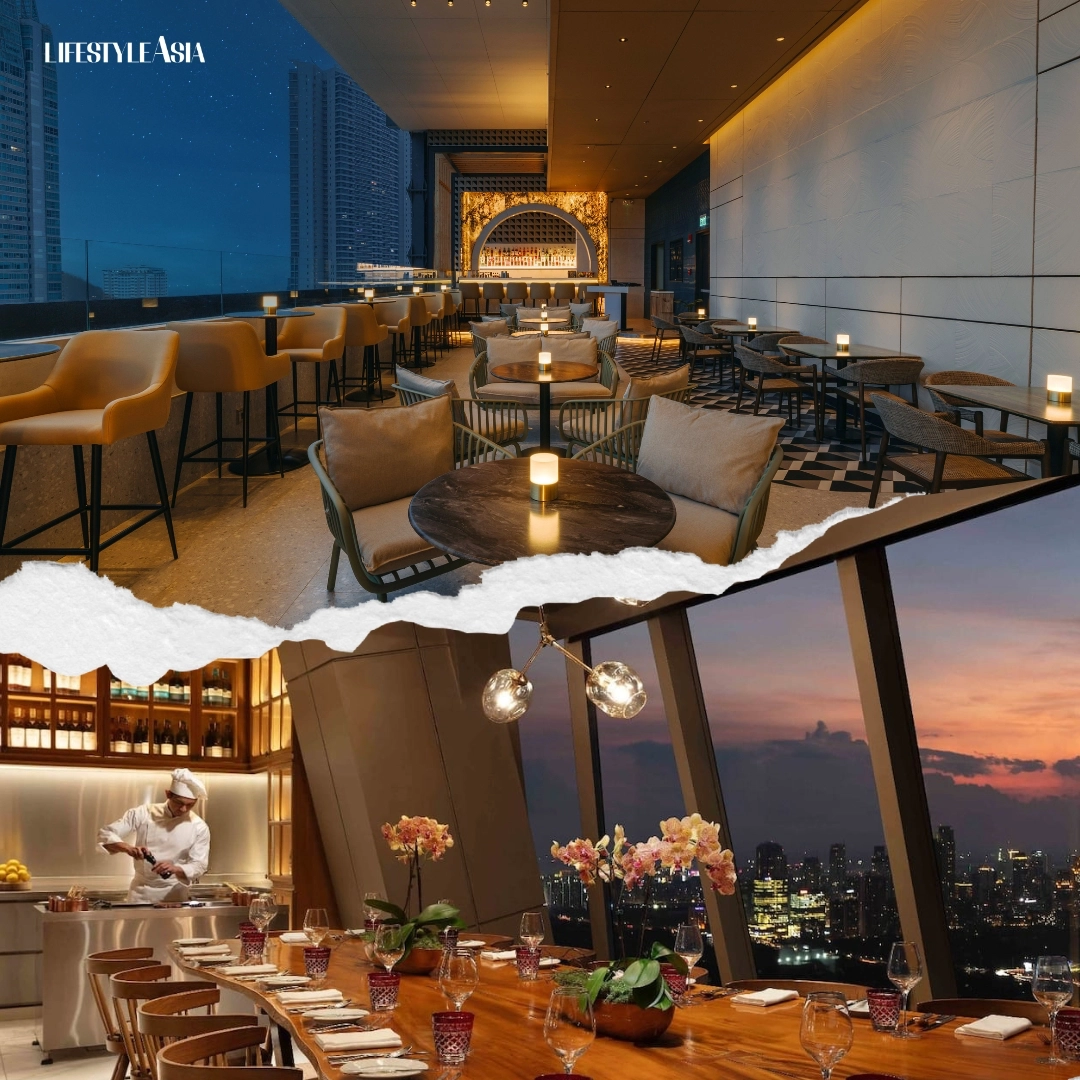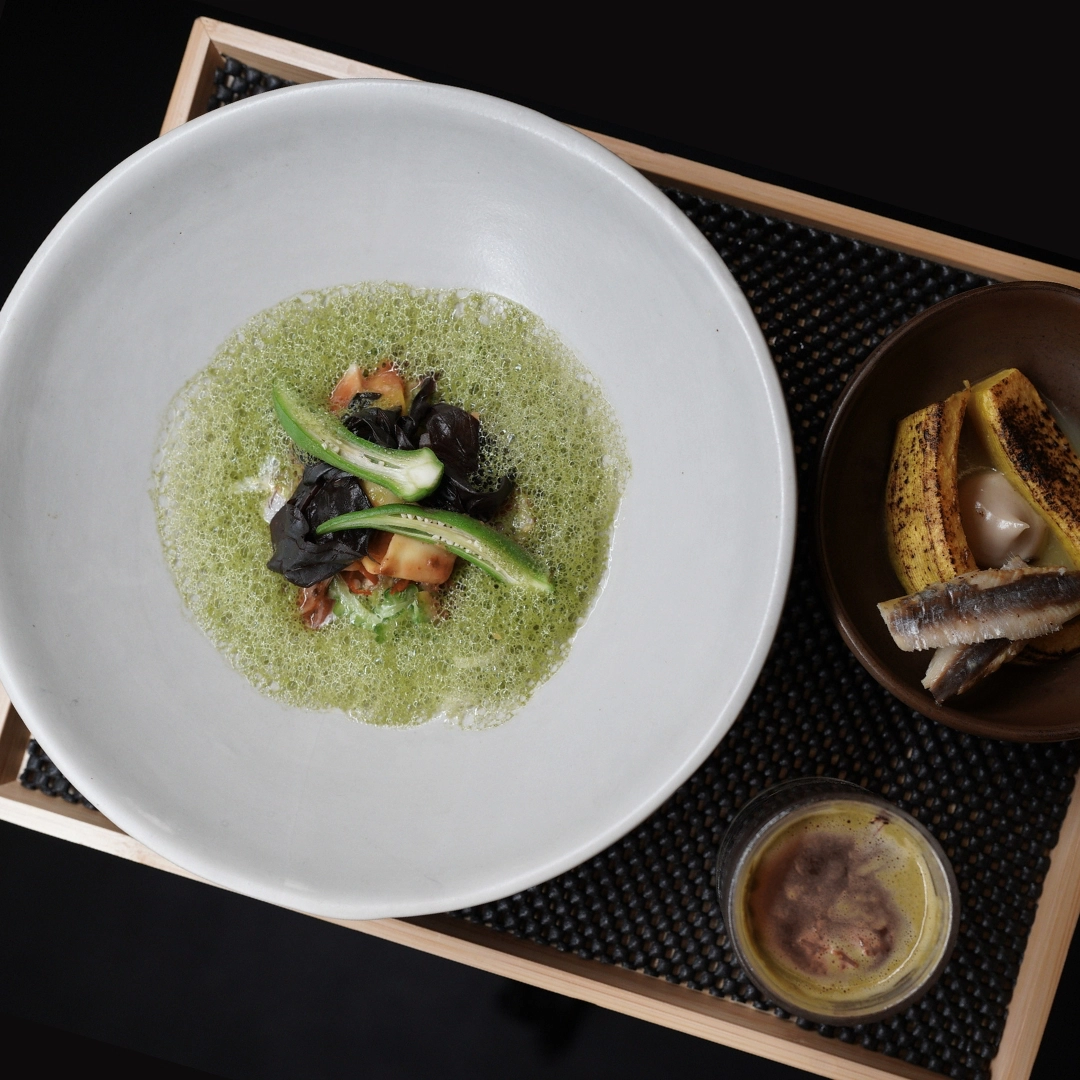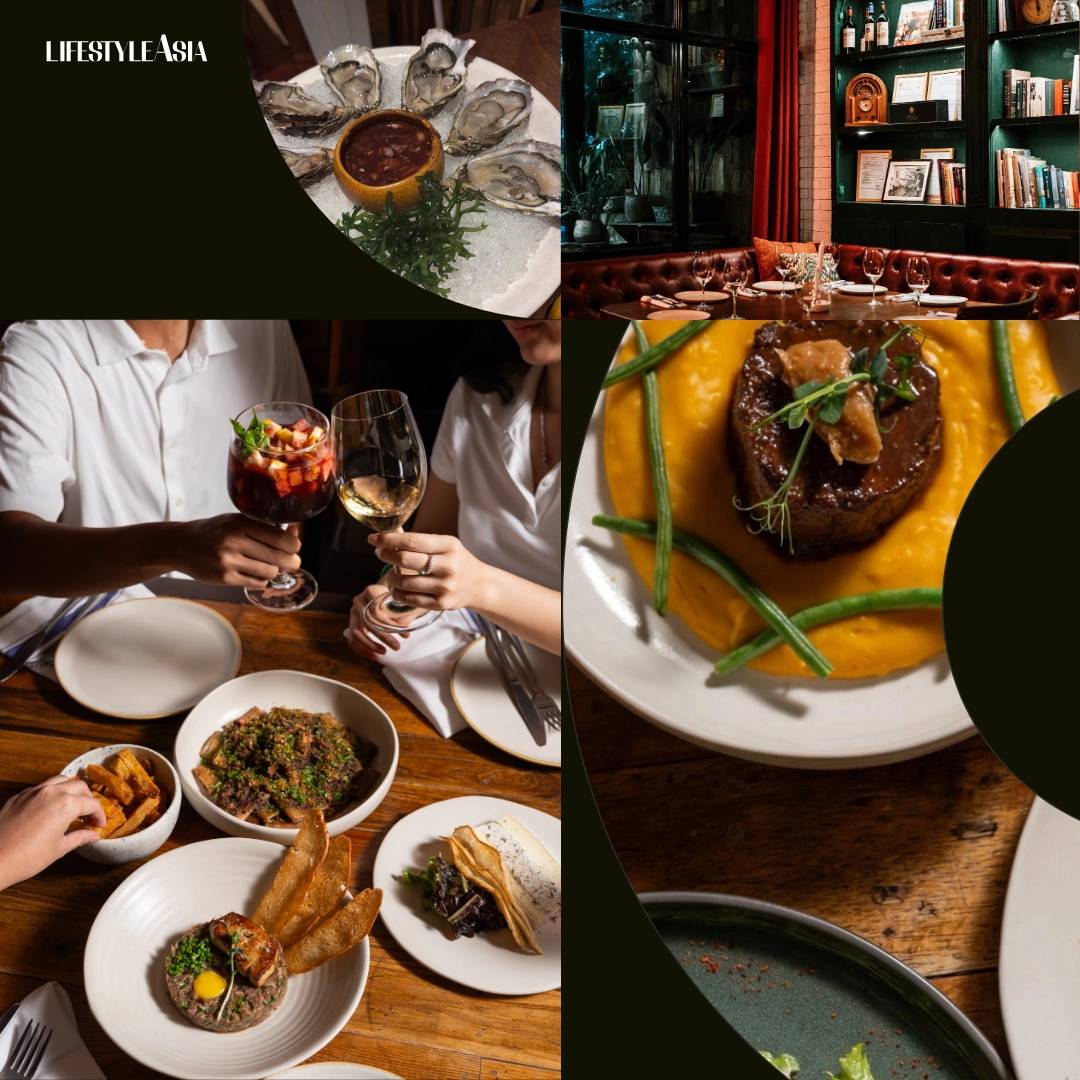Through pre-colonial cooking techniques and a philosophy that celebrates Filipino “futurism,” award-winning Filipino sommelier Miguel de Leon’s upcoming New York wine bar Beautiful Eyes invites diners to experience kilig while questioning what Filipino food and identity can truly be.
It is tempting to introduce Miguel de Leon as a sommelier—to frame his perspective as that of the recipient of Michelin Guide’s inaugural sommelier award in New York City, or even, as that of a James Beard award-winning writer.
But roles and titles carry connotations. If I have taken away anything from a roaming conversation with Miguel, it is that external appearances, languages, and even glasses, are sometimes divorced from the substances they contain.
READ ALSO: Demystifying The Bottle
Forging A Space Of Identity Through Beautiful Eyes
I first caught Miguel at dusk, on his way home from a meeting for his upcoming bar. Miguel is in the final stretch of preparations for Beautiful Eyes, a queer Filipino wine bar set to launch on the Bowery in New York City later this year. It’s a little on the nose, but I start with the eyes as a window into Miguel’s artistic vision, and the inspiration behind the bar’s name.
“The wine bar is a queer Filipino space. Spaces are a consideration of who you’re bringing in,” Miguel reflects. “If a Filipino invites you into their home, they think you’re good enough to be family. Beautiful Eyes will honor the beautiful tradition we I grew up with, while acknowledging that we see all of you. For the diaspora of Filipino immigrants, being Filipino is an identity search.”
As an immigrant to the US after an upbringing in the Philippines, Miguel has been on a search of his own—and has emerged with stories to share at Beautiful Eyes.
“The food program will tell the story of the ‘what ifs’ of Filipino food,” Miguel starts. He allows the “if” to hang in the air for a moment before continuing. “The food we’re cooking is all pre-colonial. As Filipinos, our last names may be Spanish, but we want to rediscover the experiences and history that we are so far from, spatially and temporally. Pre-colonial techniques included: grilling with charcoal, kilaw [marinating in vinegar or citrus juices], or pangat [slow braising in coconut water]. So, the food will be interpretations of phases of our islands, through dishes that we have personal connections to—whether through the ingredients or the techniques.”

“You may have a preconceived notion of what Filipino food is,” he continues. “But what I hope happens is that if someone mentions Filipino food, I want you to question what that looks like, what type of food it is. For 15 years, the adage has been that Filipino cuisine is at a precipice. At the precipice of what? Our food has repeatedly been called the next big thing, but why do I have to wait for someone to tell me that our food is delicious?”
The wine program will be no less vocal. “The stories we’re telling through beverage programming are producer-focused,” Miguel adds. “Wine is generational. Terroir doesn’t matter until people care about a place. Terroir can’t be activated until we are proud of where we come from. It’s why when you meet a Filipino, they ask you where your parents are from. It’s our version of a horoscope.”
My mind flits back to the very beginning of our conversation, when Miguel had asked me about my parents.
I wonder whether he is able to read diners in the same way during his brief interactions as a sommelier. But, at restaurants, Miguel deploys a different tactic: “I’ll ask someone what is exciting them today. Are you feeling drained today? Or, do you have something to celebrate? We’re trying to change the frame of the conversation, taking it from an academic level to wherever you are today. That’s why I love wine. Wine is the product of a multitude of decisions stacked on top of each other, from growing to production to bottling to distribution. The very last decision is what wine someone wants to drink, and I can share in that decision-making.”
Miguel’s laissez-faire approach extends to the visuals of his soon-to-open bar. “We wanted to capture the feeling of eternal sunset. But the real focus of the space is the human connection and conversations we engender in it. For you to be able to see the color of the wine in your glass is not even a secondary consideration, it’s a tertiary consideration.”
It turns out, the primary consideration of the space is not a design choice, but a feeling that Miguel hopes to evoke—kilig. “I want you to fall in love when you are there. Fall in love with the people, the music, the food, or even the chair you’re sitting on. I want that for you.”
On What It Means To Be Filipino
To position Beautiful Eyes as a Filipino bar is a statement—an opening statement that Miguel is adamant engenders dialogue about Filipino “futurism,” rather than platitudes of Filipino “resilience.”
Filipino culture, Miguel explains, “is often described as ‘resilient’ because of the many phases of being conquered that the Philippines has survived. As if resilience is a positive trait. As if repeatedly getting hit and getting back up is not the definition of insanity, but rather, a trait to aspire for. But what if instead of an identity that is encapsulated by the traits assigned to oneself by someone else, what if we equate being Filipino to the future ahead of us, or even to a feeling?”
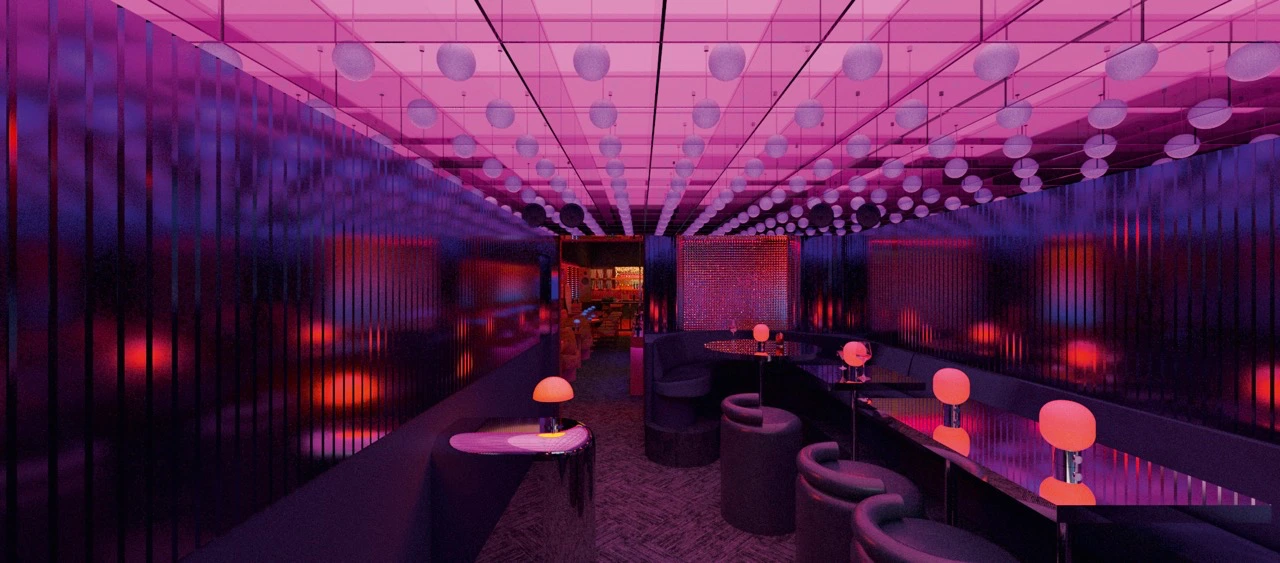
As is a recurring theme with Miguel, he does not dictate the answer to what said feeling should be. “It’s not for me to reconcile our culture. I would choose a feeling that we want to celebrate, not push down. A quiet confidence, walang hiya. Not in a way that is bastos, but in a way that feels natural. Because there are so many ways to be Filipino.”
He brings the message home with an analogy. “If an adobo recipe can divide families, then we can think about being Filipino in that way. Consider every adobo recipe that has ever existed. Consider the iterations of adobo recipes that can exist within a single family. Then, think of all the permutations within every family in Manila. Then, within every family on every island in the Philippines. Then, within every immigrant Filipino family outside of the Philippines. There is clearly more than one way to make adobo.”
How Miguel de Leon Finds Meaning In Words
In some ways, a throughline of Miguel’s work—and even our conversation—is that it does not espouse a set viewpoint, but is instead an invitation to reflect, question preconceived notions, or just have dialogue. Miguel attributes his curious mind to his education. “It was my Jesuit education at Ateneo. It sparks a curiosity in you. It forces you to open your eyes and question what you were seeing. They taught us that knowledge is close to God. I agree with that. Emotional curiosity and the drive to figure out why we’re here is what makes us human.”
Miguel later studied linguistics at UC Berkeley, where he probed at the origins and use of language itself. “My favorite words are the ones with friction. Take the Tagalog word, ‘siguro.’ The historical root of the word is Spanish for something sure, safe, or secure. But, ‘siguro’ in Tagalog is closer to maybe. It speaks of so many broken promises.”
But casting an entire language or culture as the remnants of a former colonizer is too reductive for Miguel, so he counters, “at the same time, the language is inherently loving. The word ‘kaibigan’ equates to the word ‘friend,’ but literally translates to someone you share love with. That is why I’m so obsessed with language. Language is a powerful tool to understand how people tick or what they cherish. If Tagalog says that friendship is shared love, then that is written into the culture.”
Glassware Theory: Do The Glasses We Use Matter?
It’s getting late, so we end our conversation on a lighter note—glassware. It turns out that Miguel’s philosophies on appearances extend to wine. I ask the Michelin-awardee whether he subscribes to the tradition of each wine varietal being consumed in a particular glass to, in theory, enhance the experience of consuming the wine by optimizing temperature, aromatics, oxygen exposure, and so on.
Miguel rejects the protocol. “There is truth to all of those physics, in an academic sense. You’ll hear that a Chardonnay should be drunk in a Chardonnay glass. But I don’t believe in being prescriptive. In reality, if you’re not starting with what’s in the glass, we can’t talk about the glass. You’re drinking something to feel a connection, and what ultimately matters is the people with whom you’re opening that bottle with. So, drink with whatever glass you have that makes you happy.”
Again, he traces his assertion back to Filipino customs: “This is a very Filipino way of thinking. Look at the way we have condiments on the table. They play a central role in customizing your meal to something that is inherently delicious to you.”
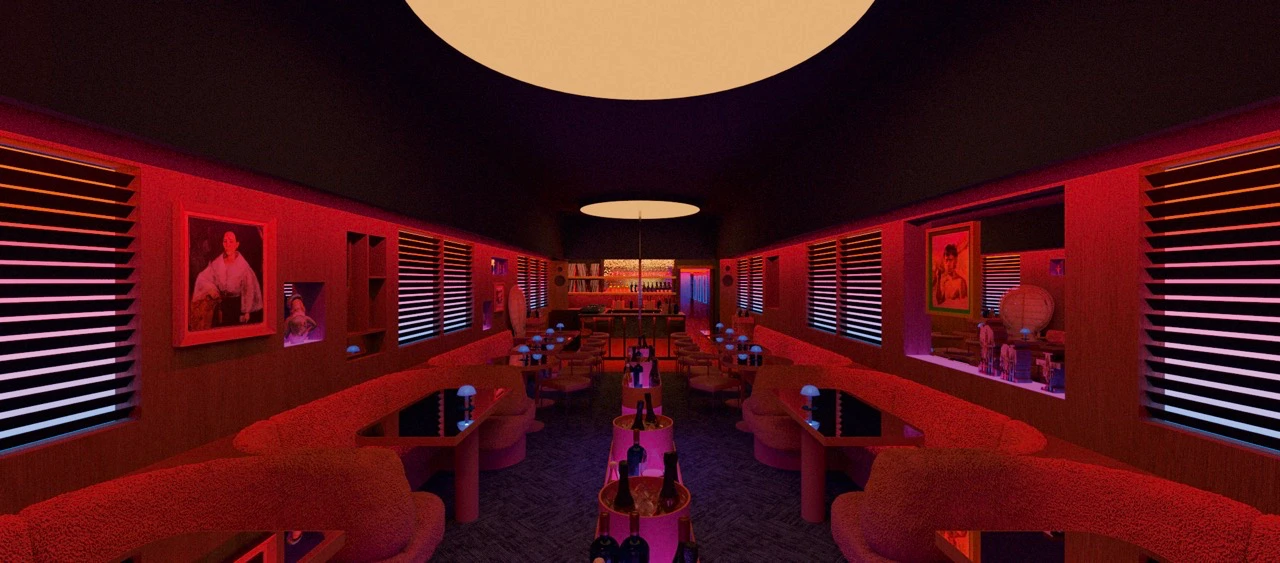
Interestingly, Miguel draws a distinction between not being prescriptive with wine glasses and ascribing to the custom of serving a cocktail in the glass traditionally associated with that cocktail. So, I tested my self-proclaimed cocktail glassware theory with him: when faced with a list of house or signature cocktails, choose the cocktail served in the glass you typically drink from. In theory, because every type of cocktail glass is associated with a particular flavor profile, you’ll always be satisfied with your order.
“Cocktails are more like food than wine,” Miguel concedes. “In its most platonic sense, wine is just the grapes in the wine. But, cocktails have deliberate recipes, histories, and stories. To create a cocktail, someone had to ideate and create, had to talk to someone, and had to forge a specific standard for the ingredients in that cocktail and what the drink is served in. So, we follow those tropes.”
But why the delineation? “It comes down to the history of the drink and the human connection to the drinker. Is the drink satisfying to you in a way that feels complete? Take a highball. Cocktails in highballs tend to be soda-based. The glass is taller and supports the straw better. There are a few practical purposes to the norms we uphold.”
At this point, I can’t tell if we are still talking about cocktails. “It’s very metaphysical. Am I the glass, or am I the cocktail? I’m the cocktail, although the glass has influenced what I’ve become. But ultimately, if the goal is to drink, we’ll find a way—searching for a measuring cup moment.”
This article originally appeared in our June 2025 issue.
